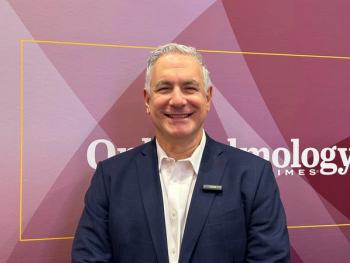
Amblyopia screening initiative, See by Three, finishes phase 1
See by Three, a program of the Children's Eye Foundation, has completed the first phase of its national research project to advocate effective screening of children for amblyopia so they will "see by three".
Dallas and Forth Worth, TX-See by Three, a program of the Children’s Eye Foundation, has completed the first phase of its national research project to advocate effective screening of children for amblyopia so they will “see by three”.
The program aimed to demonstrate that this screening can be done in what’s called the “medical home,” that is any pediatrician’s office or health clinic.
"It's very exciting to complete the first phase of See by Three and we are proceeding with the next step, publishing research papers to the medical community," said Denise R. Chamblee, MD, Vice President of Programs. "The first phase of this program has shown that screening children in the medical home provides a very positive outcome for children."
These are some reasons why screening for Amblyopia is so important:
• More vision is lost to amblyopia in the first 45 years of life than to all other conditions combined.
• Amblyopia is the most common cause of vision loss in children.
• Only one third of children receive a vision screening by age 5.
• Amblyopia costs an estimated $32 billion in lost productivity each year in the United States.
Newsletter
Don’t miss out—get Ophthalmology Times updates on the latest clinical advancements and expert interviews, straight to your inbox.



















































.png)


